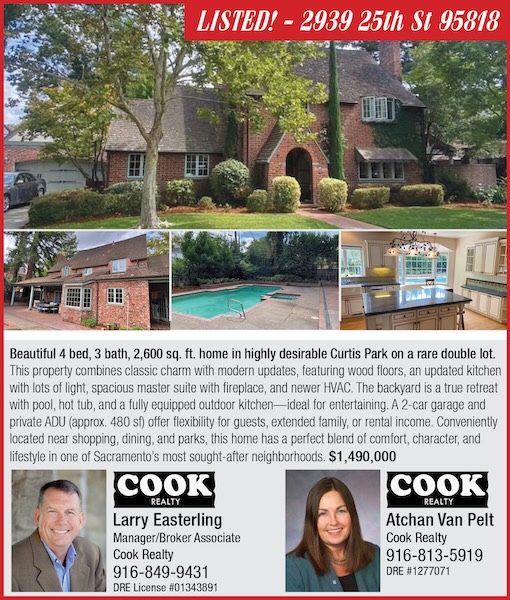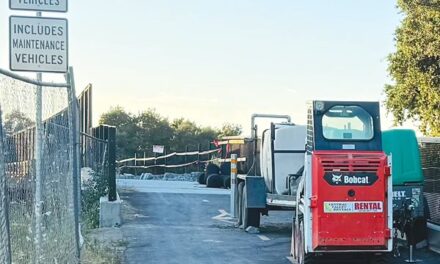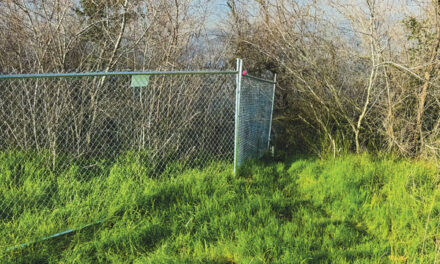Communication should be easy. Just open your mouth and talk. Which makes me wonder why the city gets tongue-tied about a bicycle bridge.
I’ve found a half-dozen experts eager to talk about the city’s doomed bike bridge over Interstate 5 at Riverside Boulevard—engineers, lawyers, even a guy who investigated construction fiascos for insurance companies.
They are knowledgeable and informative. One word at a time, they helped me understand what probably went wrong when the city accepted a low-bid contract for a $12 million bridge connecting the Del Rio Trail to the Sacramento River Parkway bike path.

These experts get why the city eventually told the builder to rip down the bridge and start over.
But my experts can’t answer another big question. They can’t explain how the city allowed tons of substandard concrete and rebar to get placed on a bridge deck across California’s most important freeway.
They didn’t work on the project. They weren’t on the inside. Even after I shared documents obtained from the city under public records requests, my experts couldn’t fit all the pieces together.
Pieces are missing. The city sanitized the public documents, cherry-picked the paperwork and violated the spirit and letter of California law that demands full disclosure.
My experts could only guess what happened with the bridge. That’s what happens when the city goes silent over an embarrassment.
It’s what happens when elected officials refuse to communicate with the public about a bridge built for public use with public dollars over public roadways.
The city’s silence is a public relations disaster, but easy to understand. The mayor, City Council and city staff are following orders from the city attorney. Whenever I ask someone at City Hall about the bike bridge, they say they can’t talk because of “possible or pending litigation.”
While radio silence makes sense from a lawyer’s perspective, it’s a dumb move by elected officials and city leadership. Refusing to comment won’t make the story go away.
Silence creates space for community members and people like me to speculate about who screwed up. Silent treatment means the city’s viewpoint goes untold. Facts get buried or misstated, replaced by guesswork and rumors.
There’s another problem. By adhering to the city attorney’s request for no comments, the City Council abdicates its responsibility to the public. City Attorney Susana Alcala Wood works for the City Council, not the other way around. She never won an election.
Yet the mayor and councilmembers seem terrified of Alcala Wood. They obey when she orders everyone to keep their mouths shut, even when it makes the city look idiotic.
It might seem self-defeating to ignore your lawyer’s advice. I would not suggest the mayor and councilmembers publicly discuss legal strategies involving bridge contracts and engineering decisions.
But there’s nothing wrong with councilmembers expressing anger over what happened with the Del Rio Trail bridge and other humiliations.
I’d love to hear the mayor or councilmembers say, “We’re not going to litigate in the press and argue about who did what. But we are going to say it’s outrageous to see the city build a $12 million bridge and turn around and have that bridge torn down.
“We’re going to figure out and explain what happened. We’re going to make sure we get a safe, durable bridge. And we’re going to protect the taxpayers’ money.”
My experts have a pretty good idea about what happened, even if the City Council is dumbstruck.
The concrete may contain a less-durable mixture involving pozzolan and fly ash. The rebar maybe was installed an inch too low.
“Concrete is tricky,” one expert tells me. “If the mix isn’t precise and the rebar is even slightly off, your durability can go from 50 years to maybe six or seven. It cracks under the weight. Water gets in and destroys the durability. You’ve got to tear it out and start over.”
R.E. Graswich can be reached at regraswich@icloud.com. Follow us on Facebook and Instagram: @insidesacramento.
















